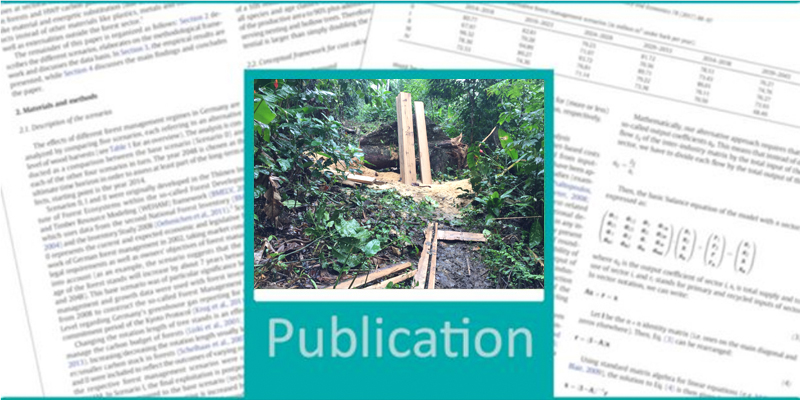Payments for Environmental Services (PES) are financial incentive instruments used for forest conservation. However, their impact on reducing deforestation might be weakened by negligible additionality and leakage effects; the first refers to the low variation in net deforestation rates even in the absence of the instrument, and the second refers to the displaced deforestation behavior to other areas not covered by the instrument.
For the case of Ecuador, we examine both issues not only in selected PES-enrolled areas but also in their surroundings. We compare deforestation before and after the introduction of a PES programme and show that PES has achieved marginally low conservation impacts in enrolled areas with an average difference in net deforestation rates of 0.02 percent points over a period of 28 years.
PES-enrolled areas depict lower annual net deforestation rates than unenrolled areas, albeit at a negligible rate, and there is also some evidence that deforestation decreased in adjacent areas after PES implementation. Our results raise the suspicion that the choice of PES-enrolled areas might also have been influenced by self-selection.
- Gordillo Vera F, Eguiguren P, Köthke M, Ferrer Velasco R, Elsasser P (2021) Additionality and leakage resulting from PES implementation? Evidence from the Ecuadorian Amazonia. Forests 12(7):906, DOI:10.3390/f12070906PDF Dokument (nicht barrierefrei) 3703 KB









